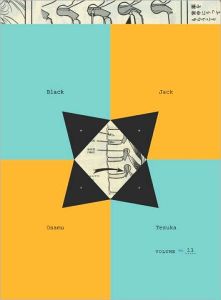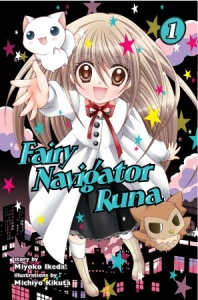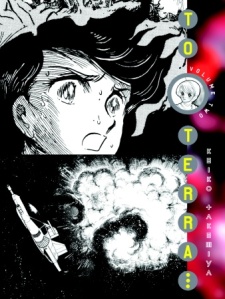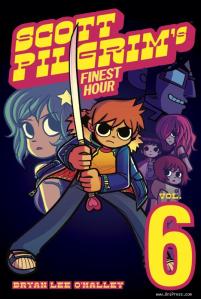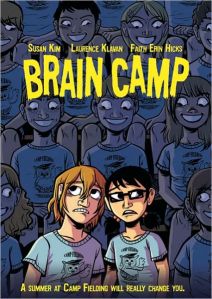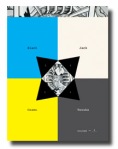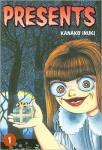Need more inducement to enter the Adopt a Manga Contest to win a copy of Chi’s Sweet Home? Here are a couple of favorable reviews for your consideration.
Kate (The Manga Critic) Dacey highly recommends it for all ages:
“But Chi is more than just cute kitty antics; it’s a thoughtful reflection on the joys and difficulties of pet ownership, one that invites readers of all ages to see the world through their cat or dog’s eyes and imagine how an animal adapts to life among humans.”
Michelle (Soliloquy in Blue) Smith gives the book an A-:
“Although unusual for manga, the full-color artwork in Chi’s Sweet Home is absolutely gorgeous. It’s vibrant without being garish, and is such an integral part of the story that I find it impossible to imagine how this series must look when it runs in Morning, at which point in time the art is still black-and-white. I don’t think I even want to know!”
Click here to find out how to enter.






